According to forecasts, due to the impact of El Nino, hot weather will continue to last, causing a shortage of water for daily life and production. The Provincial Steering Committee for Natural Disaster Prevention and Search and Rescue has directed sectors and localities to step up propaganda and guide people to use water economically; develop plans to operate and regulate water sources from irrigation works, in order to effectively exploit water sources and prevent loss and waste.

Currently, Son La province has 110 irrigation lakes, over 1,800 works supplying water for 96% of the rural population. In addition, there is the 280 km long Da River, with 32 tributaries and the 90 km long Ma River with 17 tributaries; 35 large streams, with a total surface water volume of about 19 billion m3/year; total underground water exploitation reserves of nearly 4 million m3/day.
Mr. Cao Viet Thinh, Deputy Director of the Department of Agriculture and Rural Development, said: To ensure domestic water, the Department coordinates with the Department of Natural Resources and Environment and localities to review and propose to the province to invest in facilities and equipment to protect domestic water sources; strengthen protection of upstream forests; direct the People's Committees of communes, management units, and operators of domestic water supply works to regularly inspect and promptly repair leaking water pipes to avoid water loss; guide people to use water economically and effectively. With the goal of ensuring irrigation water for production, the proposed plan is to regulate water from reservoirs according to plan combined with notifying people in production areas to proactively collect and store water. Advise the Provincial People's Committee to direct localities to proactively review, repair, and clear the flow of water channels for production.

To protect groundwater resources, on September 19, 2020, the Provincial People's Committee issued Decision No. 2049/QD-UBND approving the list of restricted groundwater exploitation areas in Son La province. Accordingly, there are 160 restricted groundwater exploitation areas, with a total area of nearly 77,000 hectares.
Mr. Vi Van Khoan, Na Cha village, Chieng Khoa commune, Van Ho district, shared: Having been regularly informed, we clearly understand the importance of water resources. Therefore, we strictly follow the regulations on protecting water sources that have been included in the village's conventions and rules; use water economically, with the desire to have enough clean water for regular and long-term use.
In Phu Yen district, one of the localities with high temperatures in the province, the locality has implemented the task of ensuring water for production since the beginning of the year. The whole district has over 210 irrigation works. The district People's Committee has directed localities to request irrigation teams to review, repair, fix and dredge damaged irrigation canals. In addition, during the prolonged hot weather, the authorities have instructed people to regularly visit the fields, check soil moisture and add irrigation water.

Ms. Bac Thi Cam Sieng, Head of the Department of Agriculture and Rural Development of Phu Yen district, said: For gardens growing perennial plants, the department has coordinated with communes and towns to instruct people to only weed around the base of the tree with a radius of 0.8 - 1.5m and leave the grass in the garden area to keep the soil moist. At the same time, it is possible to reuse the domestic water source of households as a source of water for irrigation of crops. Support cooperatives and cooperative groups to invest in water-saving irrigation systems. From 2023 to present, the district has supported 2 cooperatives to invest in proactive irrigation systems, covering an area of over 3 hectares of crops.
To ensure water sources for production and daily life regularly and long-term, in addition to the participation of local Party committees and authorities, it is necessary to have the cooperation of the people through daily activities, which are participating in protecting water resources, protecting forests, protecting upstream water sources, protecting rural water supply works, using water economically and effectively, contributing to improving the quality of community life.
Article and photos: Khai Hoan
Source


![[Photo] Prime Minister Pham Minh Chinh receives Ambassador of the French Republic to Vietnam Olivier Brochet](https://vphoto.vietnam.vn/thumb/1200x675/vietnam/resource/IMAGE/2025/5/13/f5441496fa4a456abf47c8c747d2fe92)
![[Photo] President Luong Cuong attends the inauguration of the international container port in Hai Phong](https://vphoto.vietnam.vn/thumb/1200x675/vietnam/resource/IMAGE/2025/5/13/9544c01a03e241fdadb6f9708e1c0b65)
![[Photo] Many people in Hanoi welcome Buddha's relics to Quan Su Pagoda](https://vphoto.vietnam.vn/thumb/1200x675/vietnam/resource/IMAGE/2025/5/13/3e93a7303e1d4d98b6a65e64be57e870)
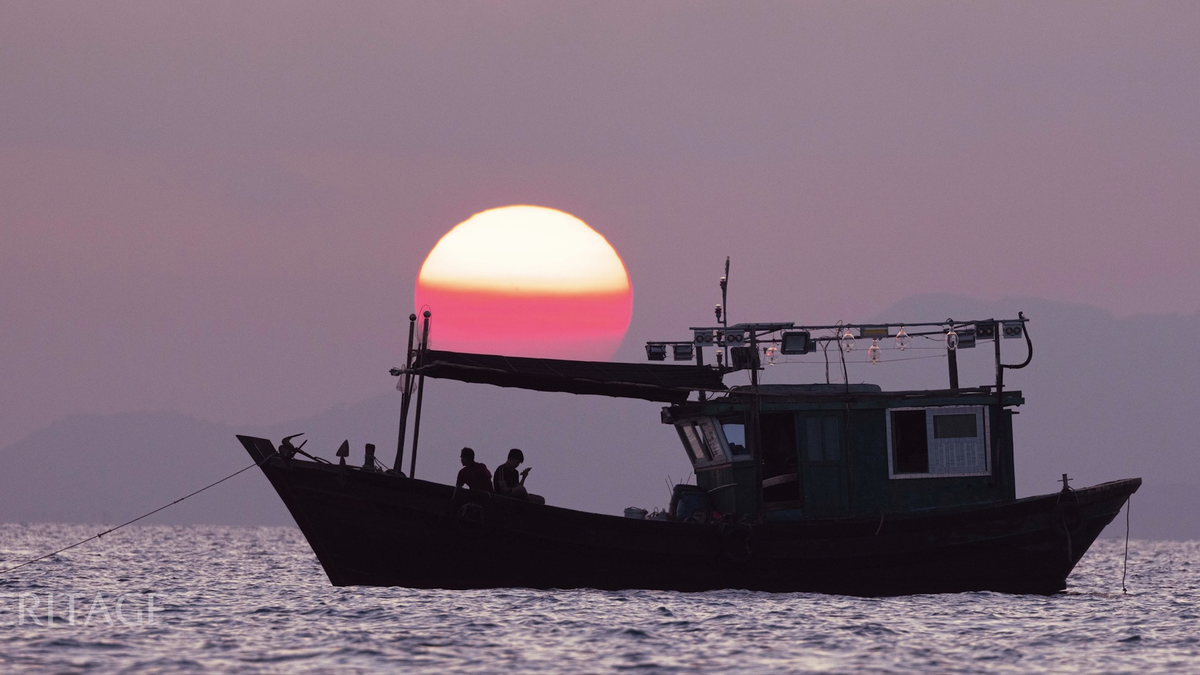
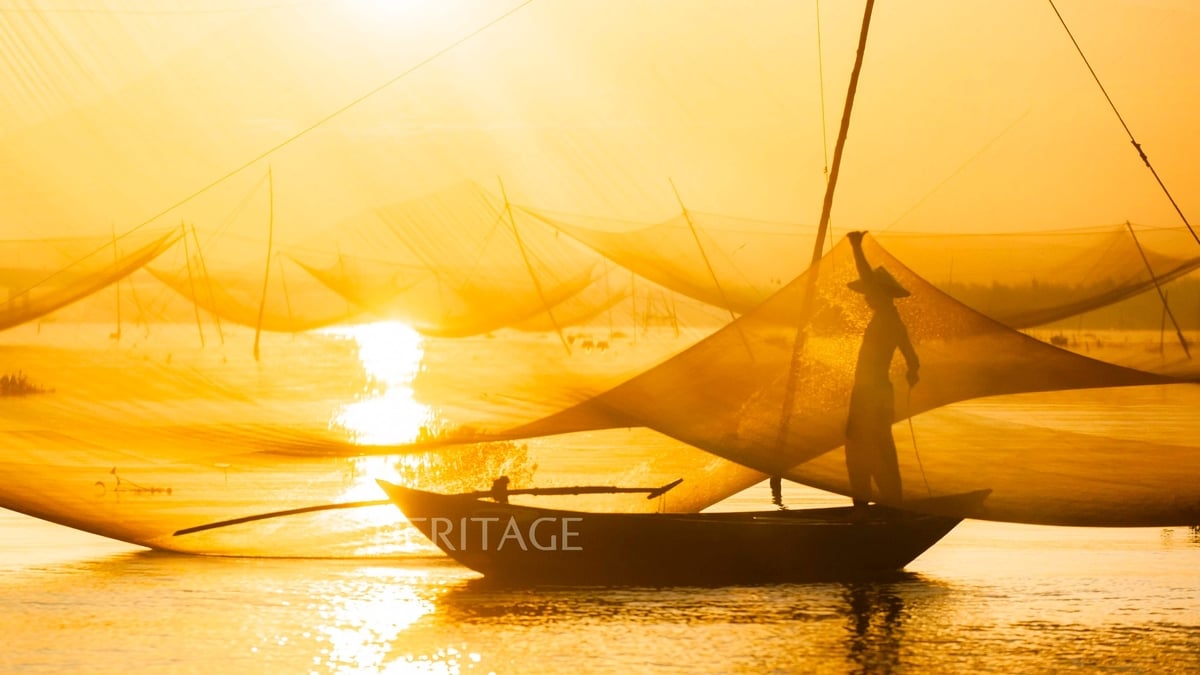
![[Photo] President Luong Cuong awarded the title "Heroic City" to Hai Phong city](https://vphoto.vietnam.vn/thumb/1200x675/vietnam/resource/IMAGE/2025/5/13/d1921aa358994c0f97435a490b3d5065)

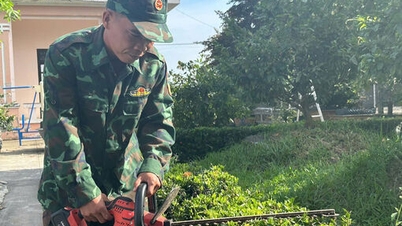

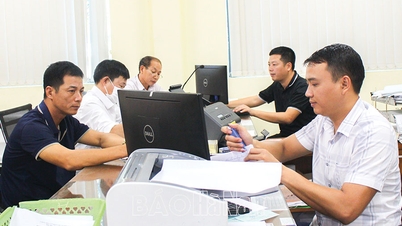


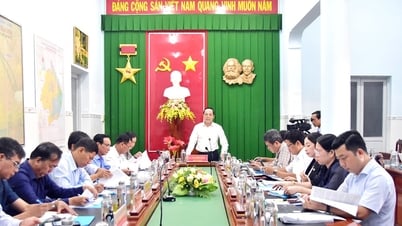
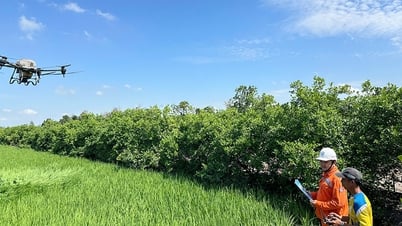
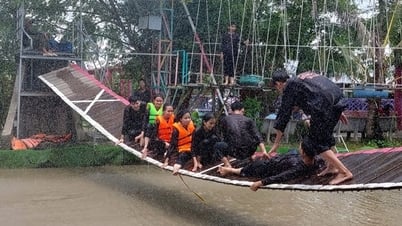
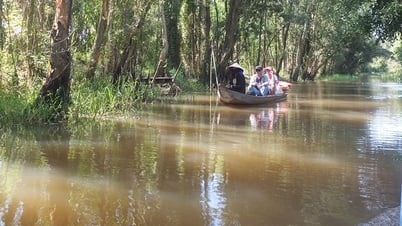
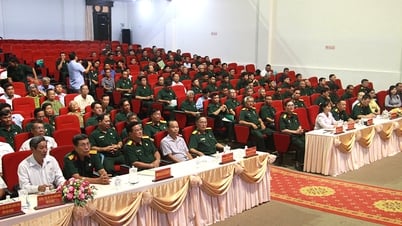
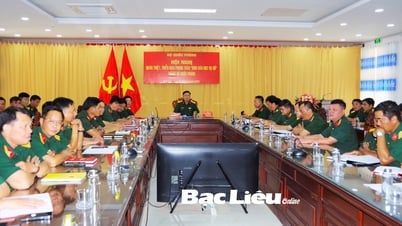




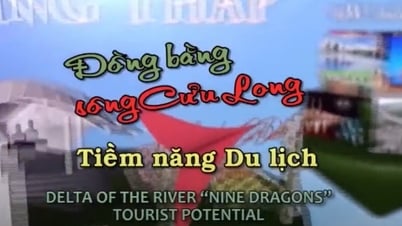
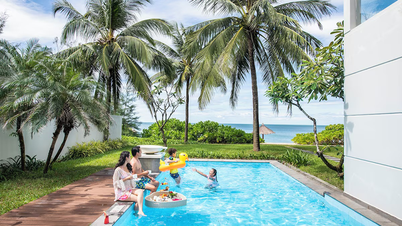
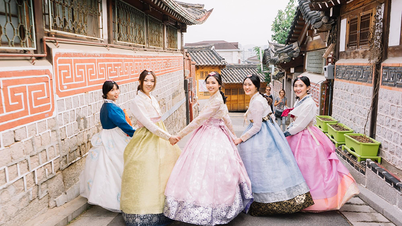


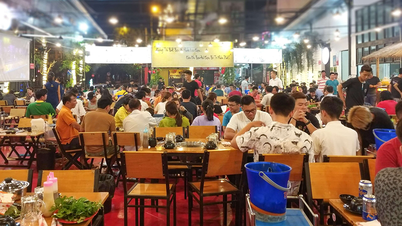











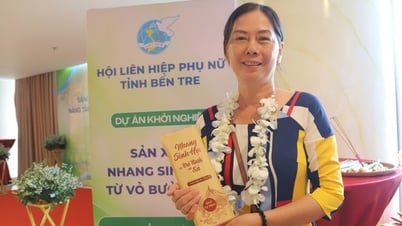























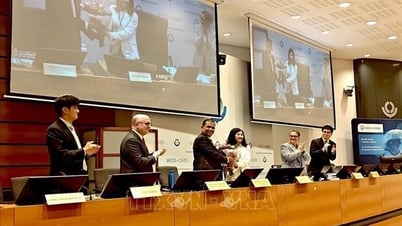




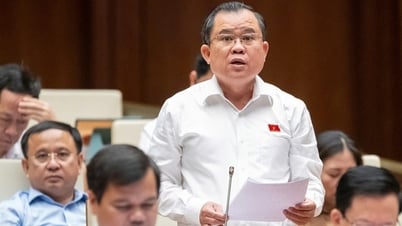

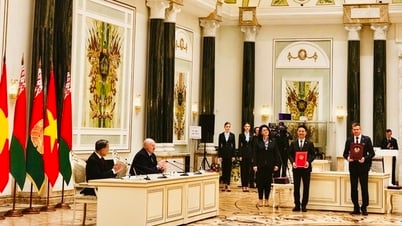








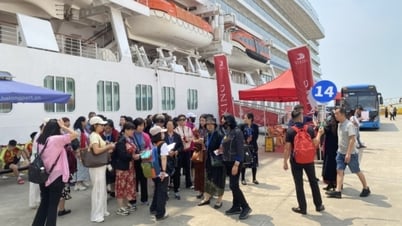



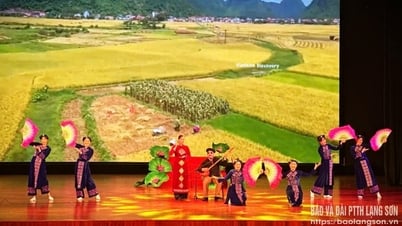

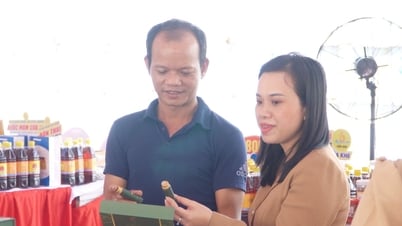

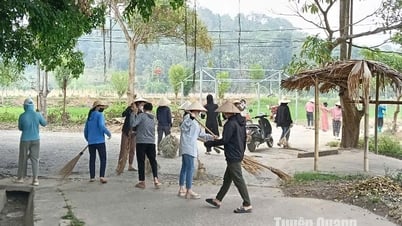







Comment (0)